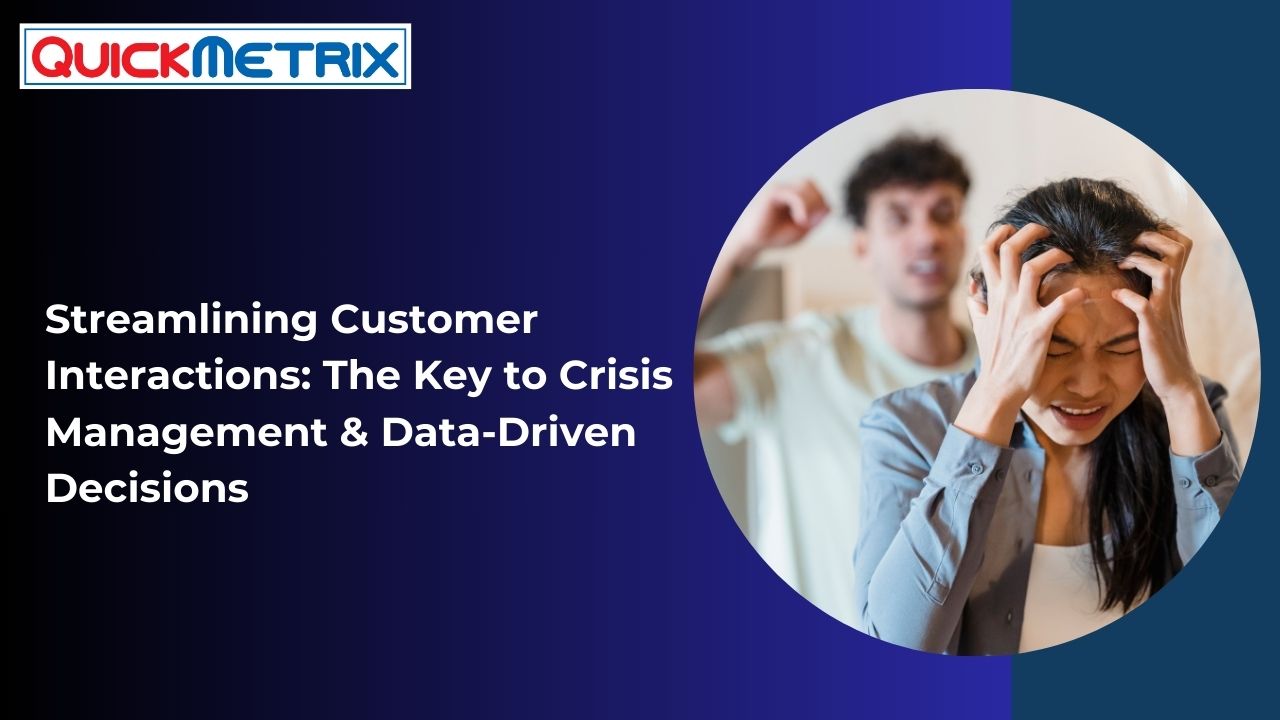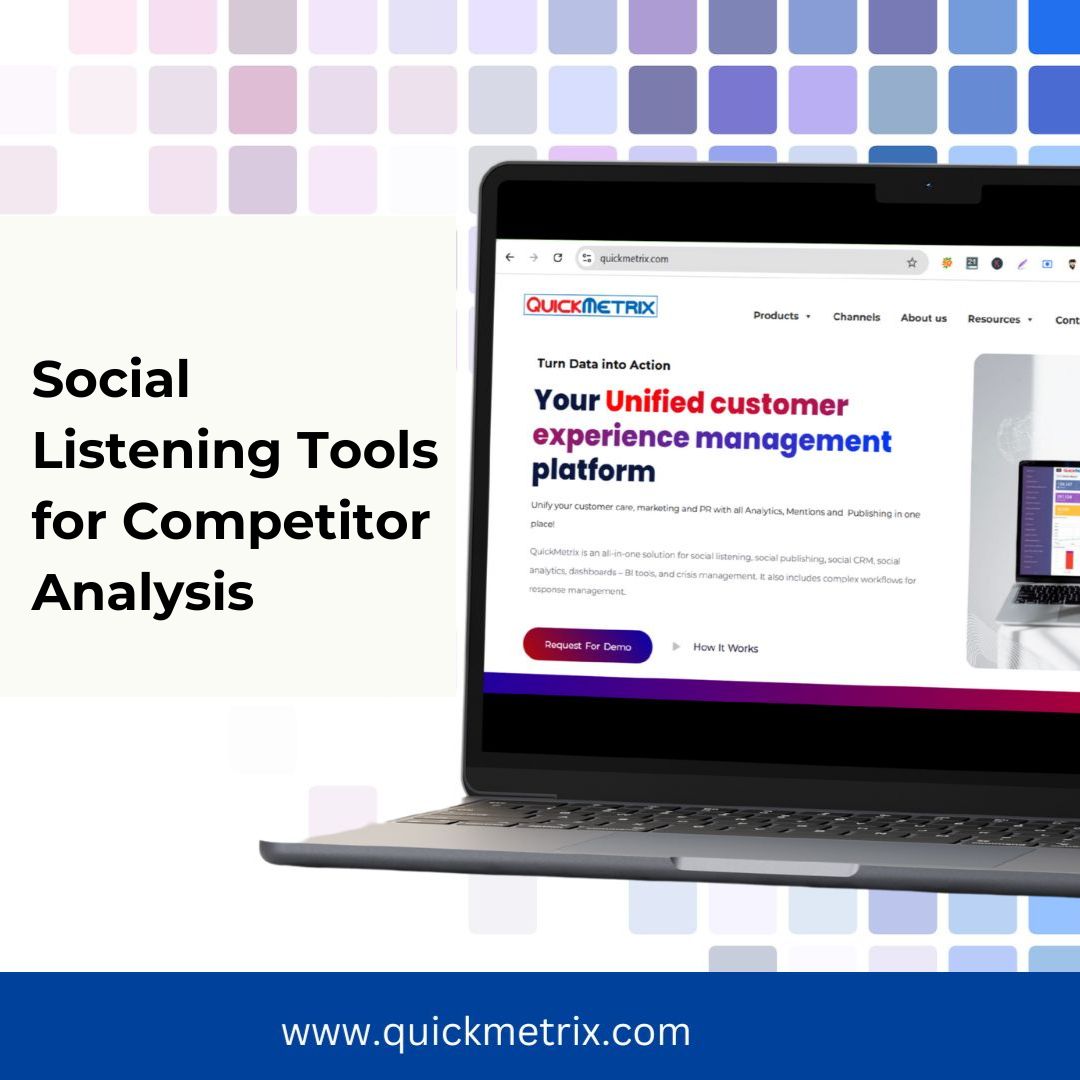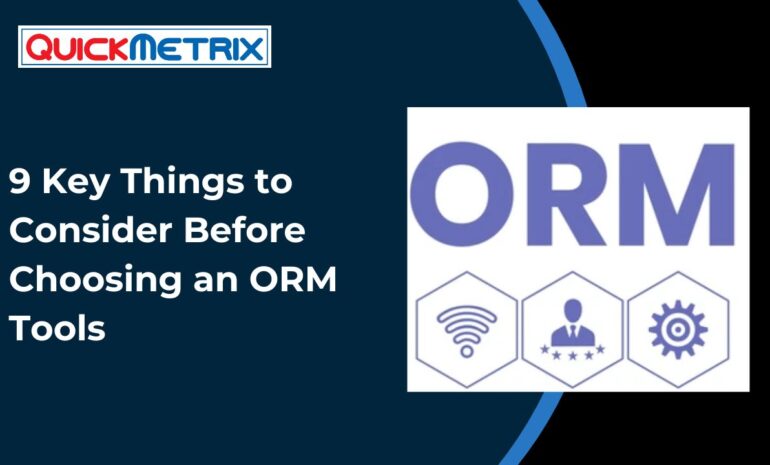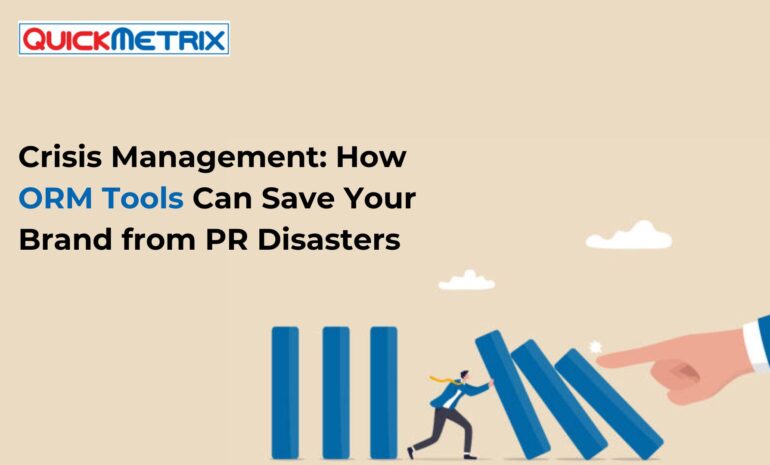Mastering Online Response Management: A Beginner’s Step-by-Step Guide
1. Introduction to Online Response Management Tools
1.1. What is Online Response Management?
Online Response Management (ORM) is the art of managing communications and interactions with your audience through digital platforms. It involves addressing customer inquiries, managing feedback, and engaging with users in a timely and effective manner.
The importance of ORM in today’s world cannot be overstated. As people increasingly turn to social media, emails, and other online channels to interact with brands, having a clear and efficient strategy for handling these communications is key. Unlike traditional response strategies, which might involve slow-paced email ping-pong or face-to-face interactions, online response management is fast-paced and demands immediate attention.
1.2. Benefits of Effective Online Response Management
Effective online response management helps build and maintain strong relationships with customers. Here are some benefits you can expect:
Enhancing customer relationships: Responding quickly and thoughtfully leads to happy customers who are more likely to return.
-
- Improving brand reputation: Positive interactions online create a positive perception of your brand, leading to more trust from potential customers.
-
- Streamlining communication processes: A solid ORM system can help you handle inquiries more efficiently, saving both time and effort.
1.3. Common Tools and Platforms for Response Management
There are various tools available to help you manage online responses effectively. Some popular options include:
-
- QuickMetrix: Known for its versatility and user-friendly interface, it’s great for help desk solutions.
-
- Sprinklr: Perfect for Social listening, allowing you to monitor and respond to multiple accounts from one dashboard.
-
- Talkwaker: A comprehensive platform for marketing, sales, and service that includes response management tools.
When choosing the right tool, consider factors like features, pricing, and how well it fits your specific needs.
2. Setting Up Your Online Response Management Strategy
2.1. Identifying Your Goals
Before diving into ORM, it’s essential to establish your objectives. Think about both short-term and long-term goals:
-
- Align your goals with business outcomes. For instance, one short-term goal may be to respond to customer inquiries within one hour, while a long-term goal might be improving overall customer satisfaction ratings over the next year.
-
- Set measurable targets. This could involve tracking response times or the number of interactions you handle each day.
2.2. Understanding Your Audience
Knowing your audience is central to any successful communication strategy. Here’s how to understand them better:
-
- Conduct research on customer preferences and behaviors to see what resonates.
-
- Create customer personas—fictional representations of your ideal customers—to guide your response approach.
-
- Segment your audience so you can tailor your responses to different customer needs.
2.3. Developing Response Guidelines
Creating clear guidelines will help you maintain consistency across your responses. Look into:
-
- Crafting a tone of voice that aligns with your brand—be it friendly, professional, or casual.
-
- Establishing response templates for common queries to save time.
-
- Training your team on these guidelines to ensure everyone is on the same page.
3. Implementing Response Management Systems
3.1. Integrating Tools and Platforms
Once you’ve chosen your response management software, it’s time to integrate it with your existing systems. This could involve:
-
- Setting up your chosen software and connecting it to all your communication channels, like your website chat function or social media accounts.
-
- Automating responses for frequently asked questions or during off-hours to ensure timely replies.
3.2. Monitoring and Managing Conversations
Effective ORM relies on real-time interaction. To stay on top of conversations:
-
- Use monitoring tools to track mentions of your brand across platforms.
-
- Assign team roles to ensure that messages are addressed promptly and by the right person.
-
- Prioritize messages based on urgency or the nature of the inquiry, ensuring the most critical issues are resolved first.
3.3. Utilizing Data Analytics
Analytics can be incredibly insightful when it comes to ORM. Consider:
-
- Tracking response effectiveness by analyzing how quickly and satisfactorily customer inquiries are handled.
-
- Identifying trends in customer feedback to determine what works and what doesn’t.
-
- Adjusting your strategies based on insights gained from this data to keep improving.
4. Best Practices for Online Response Management
4.1. Timeliness and Relevance
In the fast world of online communication, timing is everything. Focus on:
-
- Ensuring quick response times to enhance customer satisfaction.
-
- Keeping your messages relevant to the topic at hand and avoiding generic replies.
-
- Finding a balance between using automation to save time and maintaining a personal touch in your interactions.
4.2. Engaging with Customers
Engagement goes beyond simply answering questions. Here are ways to foster interaction:
-
- Personalize your responses to build rapport, making your customers feel valued.
-
- Encourage feedback by asking for it after resolving issues or completing transactions.
-
- Handle negative feedback gracefully by acknowledging concerns and offering solutions, turning potential problem areas into opportunities.
4.3. Continuous Improvement
The digital landscape is always changing, and so should your ORM strategies. To keep pace:
-
- Regularly review and update your response strategies based on new insights or social media trends.
-
- Hold team training sessions and reviews to keep everyone informed and engaged.
-
- Stay updated on changes in your industry and listen to customer expectations to adapt accordingly.
5. Evaluating Your Online Response Management Efforts
5.1. Key Performance Indicators (KPIs)
Establish KPIs to measure your manager’s success. Consider:
-
- Identifying metrics relevant to your goals, such as response times and customer satisfaction scores.
-
- Measuring your success against these established goals periodically.
-
- Utilizing KPIs to refine your strategies and focus on areas that need improvement.
5.2. Gathering Customer Feedback
Customer feedback is invaluable. Here’s how to effectively gather and use it:
-
- Use surveys or follow-up emails to solicit feedback post-interaction.
-
- Analyze this data to uncover actionable insights that can inform future improvements.
-
- Leverage feedback not only to address concerns but to also recognize areas of strength in your brand.
5.3. Reporting and Reviewing Performance
Creating reports on your ORM efforts is essential:
-
- Develop comprehensive performance reports to track your progress.
-
- Hold regular review meetings with your team to celebrate successes while identifying challenges.
-
- Use these meetings to brainstorm fresh ideas to enhance ORM efforts continuously.
Conclusion
Effective online response management helps you connect with customers, build trust, and improve your overall brand reputation. By consistently refining your strategy and focusing on best practices, your ORM efforts can transform how you interact with your audience, ensuring sustainable success for your business.
FAQs
What types of businesses can benefit from online response management?
Nearly all businesses can gain from ORM, especially those that engage with their customers online, like e-commerce stores, service providers, and content creators.
How do I measure the success of my response management strategy?
By monitoring KPIs such as response times, customer satisfaction ratings, and engagement levels, you can assess the effectiveness of your strategies.
What should I do if I receive negative feedback online?
Address it quickly and constructively. Acknowledge the feedback, apologize if appropriate, and offer a solution. This shows your audience that you care.
How can I train my team on response management best practices?
Provide regular training sessions that cover scenarios your team might face, along with ongoing support to review responses and share insights.
Is it necessary to automate responses in online management?
While automation can improve efficiency, it’s essential to balance it with personalized responses to ensure customers feel valued and heard.
Top Social Listening Tools in 2025: Why QuickMetrix Deserves Your Attention
In the world of digital marketing, conversations are currency. ...
Read More9-key-things-to-consider-before-choosing-an-best-orm-tool (Online response management tools)
IntroductionIn today's hyper-connected world, a single unresolved tweet or ...
Read MoreStreamlining Customer Interactions: The Key to Crisis Management and Data-Driven Decisions
Streamlining Customer Interactions: The Key to Crisis Management and ...
Read MoreSocial Listening for Financial Services: How Banks & FinTechs Stay Ahead
Introduction to Social Listening in Financial Services Definition ...
Read MoreThe Journey of QuickMetrix: Insights from Surendra Baliga on Building a Successful SaaS Business
The entrepreneurial journey is often filled with challenges, learning ...
Read MoreMastering the Market: How to Use Social Listening Tools for Real-Time Competitor Analysis
1. Introduction to Social Listening Tools1.1 What is Social ...
Read More








